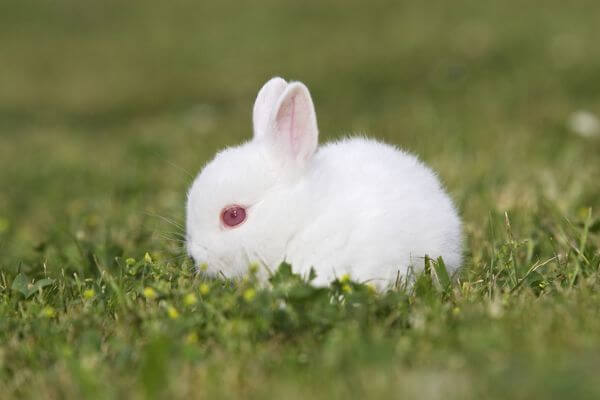I’m pretty sure that most people understand what an amphibian is. This is an animal that can live both on land and in the water. The name of these creatures comes from the Greek word “amphi” which translates into “both”. Although this explanation is somewhat simple, the facts are, as you’d expect, a little more complicated than this. This is because, if we were to consider all animals that can survive for some time both on land and in the water, then the list would be pretty long and include animals like beavers, along with many other mammals and reptiles. So how would we know which one is a reptile and which one is not? And most importantly, are turtles reptiles, or are they amphibians? I’ll break this down in the article below:
Why are amphibians and reptiles different from other creatures?
Reptiles and amphibians are vertebrates, similar in this way to birds, fish, and even mammals and humans. One of the main features that we have in common is our backbone, something that jellyfish or insects don’t have. Unlike fish that spend most of their lives inside bodies of water, mammals and birds will spend most of their time on land. When it comes to reptiles and amphibians, these creatures will enjoy living both on land and in the water.
You might also like my articles on baby snapping turtles, red-eared sliders, or russian tortoises.
While most mammals are warm-blooded, these creatures are cold-blooded. This means that while reptiles will be able to absorb heat from the surrounding environment, humans will make their own heat but will need to find ways of trapping it inside their bodies. This also means that reptiles and amphibians will spend most of their lives in a warmer environment and hibernate during the winter to preserve heat. Although it seems that these creatures have a lot of things in common, there are some very important differences between them as well.
So what is an amphibian?
Although the name amphibian refers to creatures that can live both on land and in the water, the name is somewhat misleading, as these creatures will live in different environments in different stages of their lives, instead of being able to live in both types of environments while reaching adulthood. For example, salamanders, frogs, and even toads will lay eggs with a soft shell right in the water, and when the babies hatch, they will stay there for most of their first part of life.
This makes tadpoles aquatic creatures up to a point, living only in water and even managing to breathe there, but as soon as they reach adulthood, they will develop into air-breathing creatures and will come out of the water. Even though there are some frogs known as aquatic creatures, even those will come to the surface for a breath of air from time to time. Although reptiles are also known to breathe underwater, they are somewhat different from amphibians.
What is a reptile and how is it different?
Reptiles, unlike amphibians, will need to lay their eggs on land and their babies, after hatching, will also live there. Although there are some species in which babies will go right into the water as soon as they hatch and will then spend their entire lives there, they are pretty different from amphibians because they won’t be able to breathe underwater. These reptiles will come out to the surface for air and then go back into the water. Reptiles in general also have scaly skin because they spend time on land and will breathe exclusively through their lungs, unlike slimy, slick frogs. Among the most common reptiles are lizards, snakes, and crocodiles. But where should we categorize reptiles?
Are turtles reptiles or amphibians?
Most of the time, turtles will lay their eggs on land and their offspring won’t have to go through a larval stage. If you know anything about turtles, you surely know that there is no tadpole equivalent in turtles. What you see popping out of a turtle egg will be a small turtle that will go on its way toward its new home. Although there will be a small number of turtle specimens that will live in the ocean, most of them will live in other kinds of water bodies like lakes, rivers, and streams. You will find different species of turtles on all continents except for Antarctica and we currently know of over 300 different species of these creatures. They are considered reptiles, not amphibians.
What about sea turtles? Are they reptiles as well?
 Sea turtles are also reptiles, just like their river-living cousins, although they have evolved to live most of their lives inside the water. They will only want to step on land when coming to the beach for egg-laying purposes.
Sea turtles are also reptiles, just like their river-living cousins, although they have evolved to live most of their lives inside the water. They will only want to step on land when coming to the beach for egg-laying purposes.
Although sea turtles as a species are old enough to have lived alongside dinosaurs, due to their slow metabolism they managed to survive the big extinction from 65 million years ago that whipped out most of the other creatures on the planet. Being cold-blooded and living underwater was a very important characteristic in the survival of this animal.
Although being reptiles is what made these creatures survive for so long, nowadays they are really faced with some problems because of this. A lot of factors like hunting, global temperatures rising, or the loss of their natural habitat have made sea turtles almost go instinct. They might even need the help of humans to be able to live on for another hundred years. You can actually do something to help: Go for sustainable goods like seafood or fish and of course, spread the word about the risk of losing these beautiful turtles.




